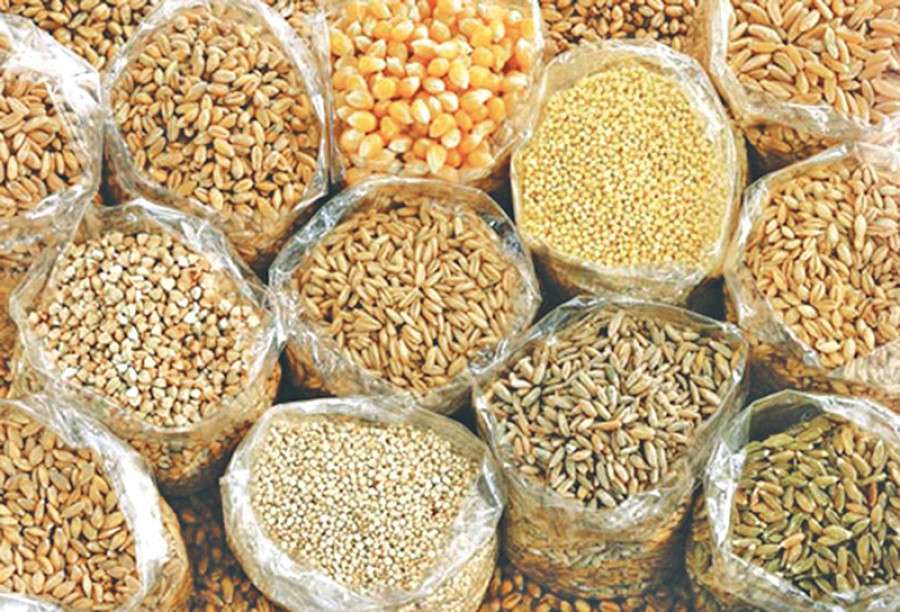Money
Six districts in Nepal ‘highly food insecure’
Despite recording a bumper harvest, six districts in the country grappled with the problem of high food insecurity in between mid-November and mid-March because of poor summer crop production, rapidly depleting household food stocks, geographic remoteness and poor income, says a latest report.
Despite recording a bumper harvest, six districts in the country grappled with the problem of high food insecurity in between mid-November and mid-March because of poor summer crop production, rapidly depleting household food stocks, geographic remoteness and poor income, says a latest report.
The survey on Nepal’s food security was conducted by the Ministry of Agricultural Development Food Security Monitoring Unit, and the World Food Programme Food Security Monitoring and Analysis Unit in 74 out of 75 districts. The survey was not conducted in Kathmandu district.
The survey showed that around 87,100 people in 48 erstwhile village development committees in Dhading, Gorkha, Kalikot, Mugu, Humla and Bajura were “highly food insecure”. These people required “external assistance to meet food and non-food needs”, says the latest Nepal Food Security Bulletin.
Highly food insecure population resembles people whose food consumption gaps are higher than normal. These people can meet minimum food needs only through “accelerated depletion of livelihood assets”.
These pockets of populace faced this problem because of a lean winter period, a phase during which winter crops are not yet harvested, depleted household food stocks and transitory food gaps, geographic remoteness, poor income from sale of livestock and non-timber forest products, and lasting impacts of the 2015 earthquakes in districts such as Dhading and Gorkha, says the bulletin.
This problem was encountered at a time when the agricultural sector is expected to grow at 5.32 percent this fiscal year, the fastest pace in the last nine years, fuelled by good monsoon and availability of inputs. This is an indication that food remains scarce in certain parts of the country despite overall growth in production of agricultural items.
The survey also found that an additional 183 erstwhile VDCs in 14 districts faced “moderate food insecurity” during the four-month period between mid-November and mid-March. More than three quarters of these VDCs are located in the mid-and far-western hill and mountain districts. Moderately food insecurity is defined as a situation where “households are able to meet minimum food needs with traditional coping strategies but are unable to afford some essential non-food expenditures without engaging in irreversible coping strategies”.
Overall, the food security situation in the recent four-month period has deteriorated if compared with previous four-month period from mid-July to mid-November 2016, says the bulletin. The situation particularly deteriorated in the hill and mountain districts of the mid- and far-western regions. However, the situation has improved since the same four-month period a year ago.
The food security situation is expected to further improve in the ongoing four-month period between mid-March and mid-July, as households will be able to replenish their food stocks following harvest of winter crops, namely wheat and barley, during April-May period, says the bulletin.
Wheat production is expected to go up by 5.6 percent to 1.8 tonnes in the current fiscal year driven by timely and sufficient rainfall and availability of inputs. Also, production of another crucial crop, paddy, is expected to jump 21.66 percent to 5.23 million tonnes this fiscal year.
A strong performance of the agricultural sector is expected to reduce the number of highly food insecure VDCs to 31 from 48, and the number of moderately food insecure VDCs to 169 from 183 in the ongoing four-month period from mid-March to mid-July, says the bulletin.




 11.12°C Kathmandu
11.12°C Kathmandu













